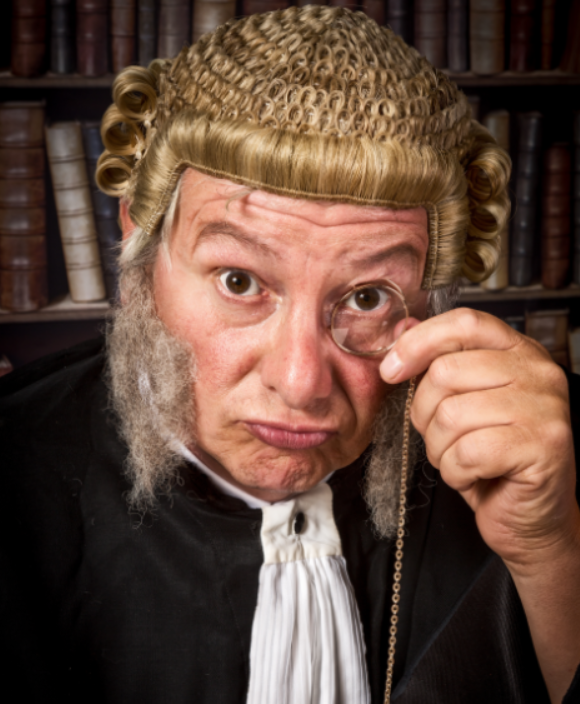- UNITS
- Unit 12 - Commercial and Public Maritime Law
- The Game of Words
- Prof. Quinn and Paul's Conversation
- Eloquence
- Latin Phrases
- Language Knots
- Test Corner
- LEARNING

♦ This introductory exercise aims to give you a feel for the sound and rhythm of the language, whilst presenting an overview of the maritime topic at hand. ♦ By reading and then listening to the accompanying audio, you’ll discover how words are pronounced and some simple sentence structures. ♦ Once you are comfortable with how the written and spoken words are connected, you’ll be ready to focus on keywords in the next exercise.
Commercial and Public Maritime Law
Maritime legal systems were defined by national governments before the Congress of Vienna in 1815. In the decades and centuries after the Congress, maritime legal systems became steadily more internationalised, and rules and regulations were increasingly made by international organisations.
These organisations were above and separate to national governments, and they were often led by commercial interests rather than political ones. This change reflected the shift in diplomacy towards international conferences. International business interests knew that cooperation and coordination were important for a well-functioning global economy. As economic interests became more and more important in political decision-making, international cooperation followed on matters that would improve the business environment. International maritime laws were one such area, where successful cooperation meant more reliable trade, and therefore higher profits.
From 1850 onwards, international and non-governmental organisations were increasingly set up to administrate over technical fields. New specific technical organisations appeared for the standardisation of weights, fields of science, patents and copyright, and across many other areas. By the second half of the 20th century, there were thousands of such official organisations that together constituted an international bureaucracy, all of which operated with, between, and over national governments.
As always, the situation was more complex in the maritime world. The legal system was developing into two separate regimes: the commercial private maritime law and the public laws of the sea. International law makers headed developments in the public sector, whilst business interests dominated the commercial maritime legal system, put simply it was a case of ‘let the merchants make their money, we need the trade revenues’.
The International Law Association (ILA) created the York-Antwerp Rules of 1890. Later, the Comite Maritime International (CMI), led by Belgian lawyer Louis Franck, aimed to unify the different national maritime laws. The CMI met for conferences before and after World War One, and developed guidance on matters like collision and salvage, shipowners’ liability, passenger insurance, and the arrest of ships. The CMI would follow the process of the time and hand their conventions to international conferences for agreement of the national member states.
The International Maritime Organisation (IMO) is the latest and most significant of these technical organisations. It was set up in 1958 and is based in London as a special agency of the United Nations. It has focused on safety at sea, and its guiding principle is to ensure the free access and passage of the world’s oceans for commercial trade.
Shipping is a looser and more varied industry than, for example, aviation, and so it’s more difficult to regulate. As such the rules and regulations of its ruling body, the IMO, have also been less tightly defined. At first, powerful commercial interests controlled the IMO and ensured that its regulations didn’t disrupt or change the course of international shipping. However, after the Torrey Canyon oil disaster in 1967, the IMO set up several major protocols for marine pollution and environmental protection.
